Moving to a new city comes with plenty of research if you’re looking to relocate somewhere that matches your lifestyle. Physically active adults of all walks of life, for example, should look for a city that gives them opportunities to stay fit and work out at their leisure, as well as one that keeps them in shape between sessions.
Luckily, when a city builds a community around its active residents, it leads to no shortage of options for a new resident to stay active. Here are eight amenities to look for in a new city if you live an active lifestyle and want to move somewhere that meets your needs.
1. Choice of fitness centers
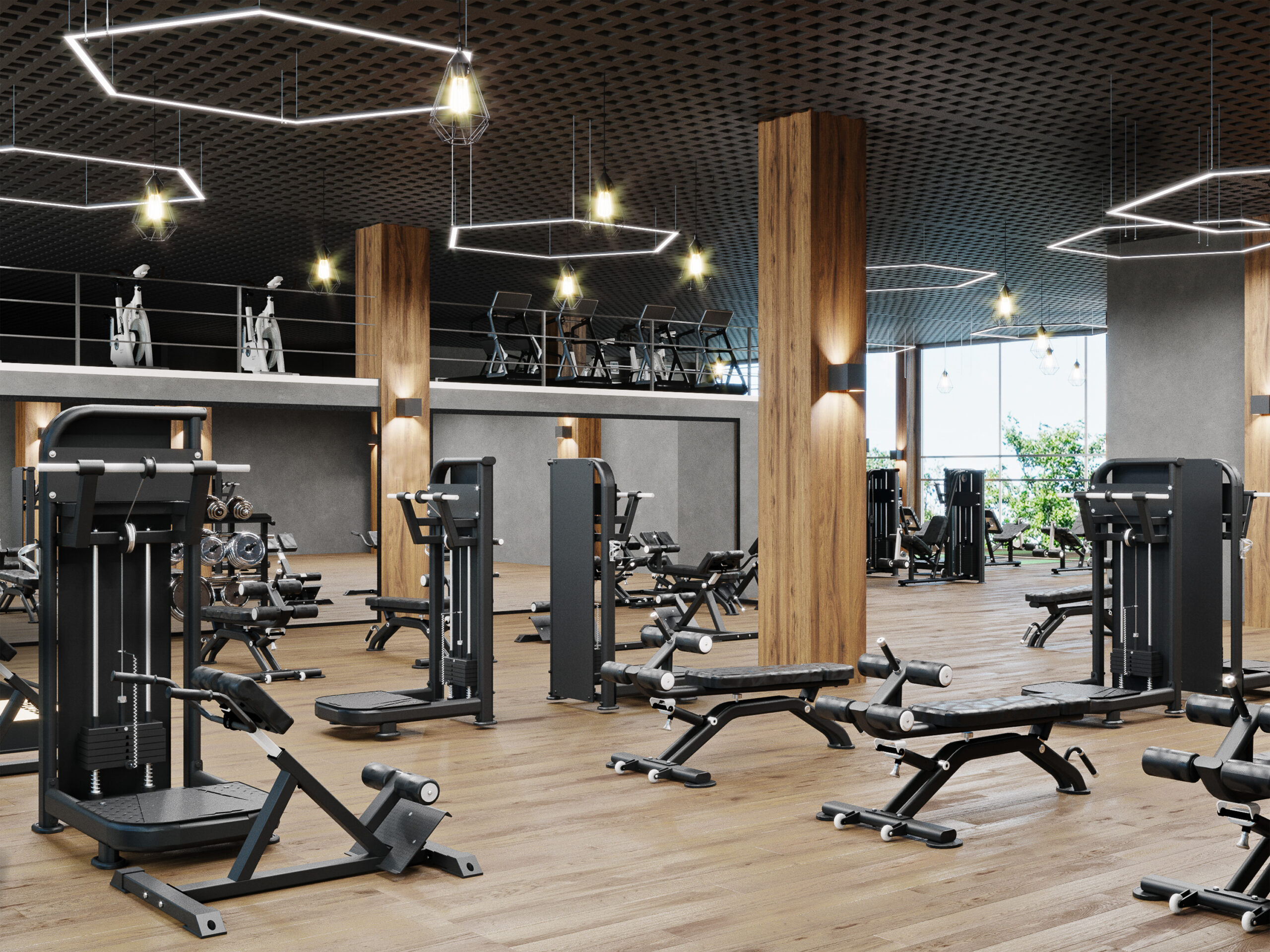
Gyms, health spas, and other fitness centers have historically been more available in larger cities. For example, San Francisco has 12 fitness centers for every 100,000 people, according to a ranking of the most physically active American cities published by 24/7 Wall St.
However, in recent years, smaller cities have increased their availability of fitness centers. Boulder, CO, which has one of the lowest obesity rates in the country, has 20 fitness centers per 100,000 residents, according to the same report. Durham-Chapel Hill, NC (pop. 542,710) has 14 fitness centers per 100,000 residents.
The lesson from this report: a larger city doesn’t necessarily mean more fitness centers. Do some detailed research into what’s available in different areas, and don’t forget to factor in the best kind of gym for you so your new home has exactly the health experience you’re looking for.
2. Yoga studios
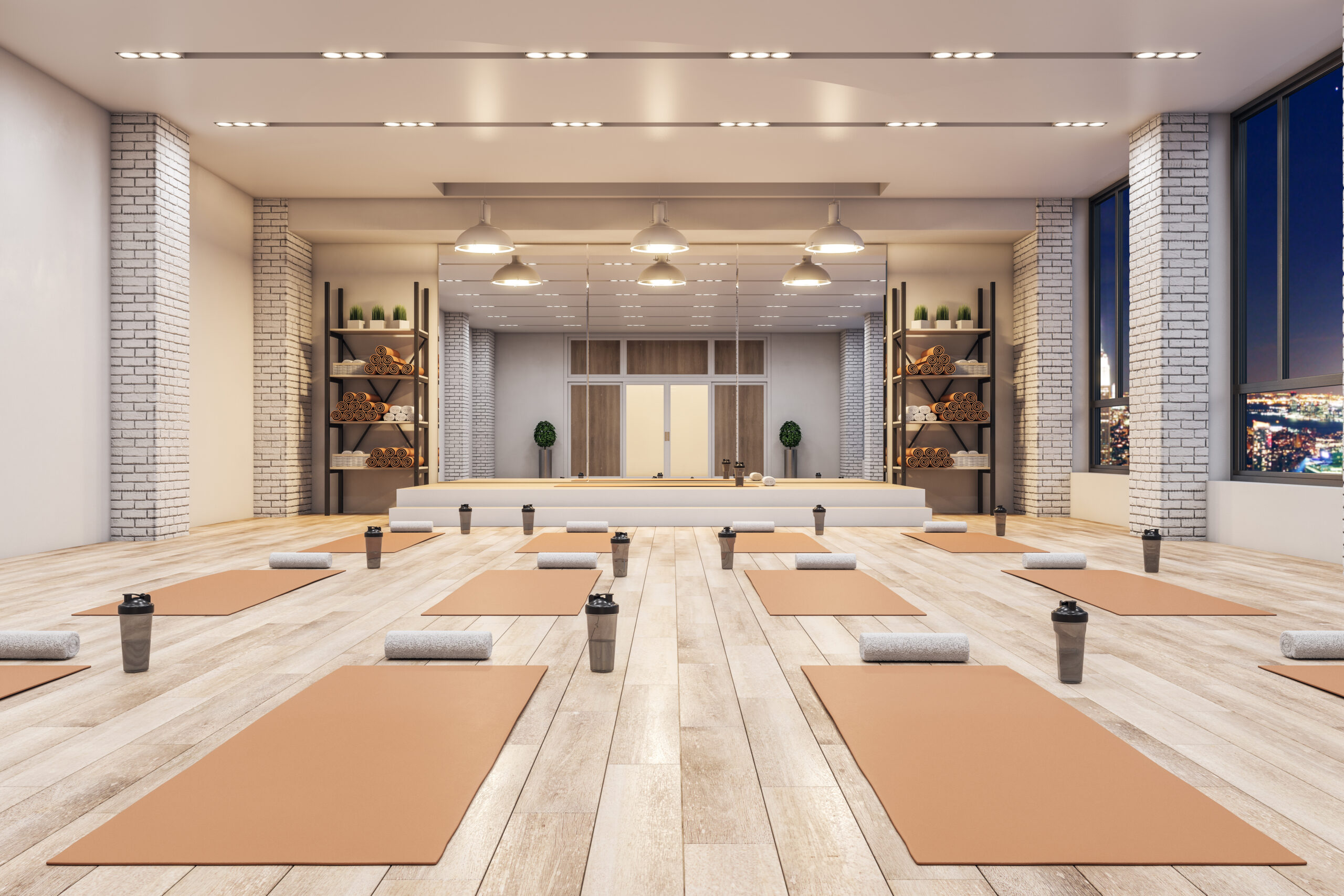
If yoga is your preferred way to work out, you’re not alone. About 37 million people in the U.S. currently practice yoga, and 34 percent of Americans say they’re likely to practice yoga within the next 12 months, according to the 2016 Yoga in America Study conducted by Yoga Journal and Yoga Alliance.
Yoga Journal’s recent Top 10 Yoga-friendly Towns list included New York, San Francisco, and Los Angeles. But Austin, TX, also made the cut at number five, with yoga-themed dating events, yoga flash mobs, and “bend and brew” bar nights that pair yoga and craft beers.
Also in the top 10: Chicago, which hosts free outdoor classes at Millennium Park, and Portland, OR, home to The People’s Yoga, which offers low-cost or free classes to those who can’t afford pricey studios, and Street Yoga, a non-profit that partners with local agencies to teach yoga classes for at-risk youth. Yoga enthusiasts of all skill levels won’t have a hard time finding a new home that caters to their fitness preferences.
3. Abundant public transportation and walkable urban design
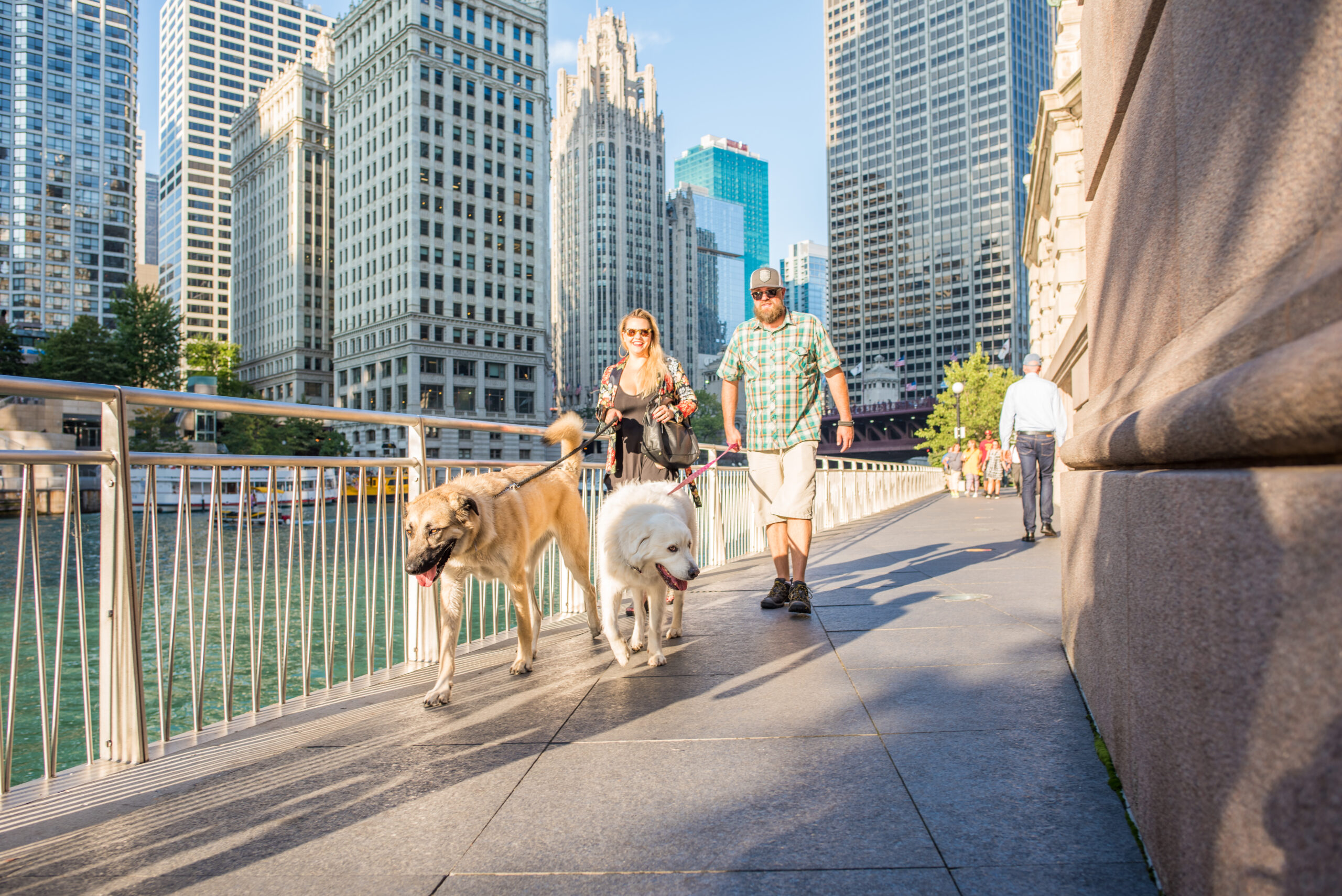
Fitness doesn’t stop when you leave the gym, and a city that gives its residents opportunities to walk and bicycle from place to place is an important consideration for staying active day to day. Public transportation, such as subways, light rail, and buses, makes it even easier to travel large distances while remaining on your feet.
New York City, San Francisco, Washington D.C., and Boston ranked at the top of Walk Score’s 2016 top ten most walkable U.S. cities due in part to extensive subway and train systems, bike lanes, pedestrian-friendly walk paths, and a plethora of major attractions to which people can walk. Denver ranked number 20 in the top 50 due to its light rail system and an urban landscape that lends itself to biking.
4. Dog parks
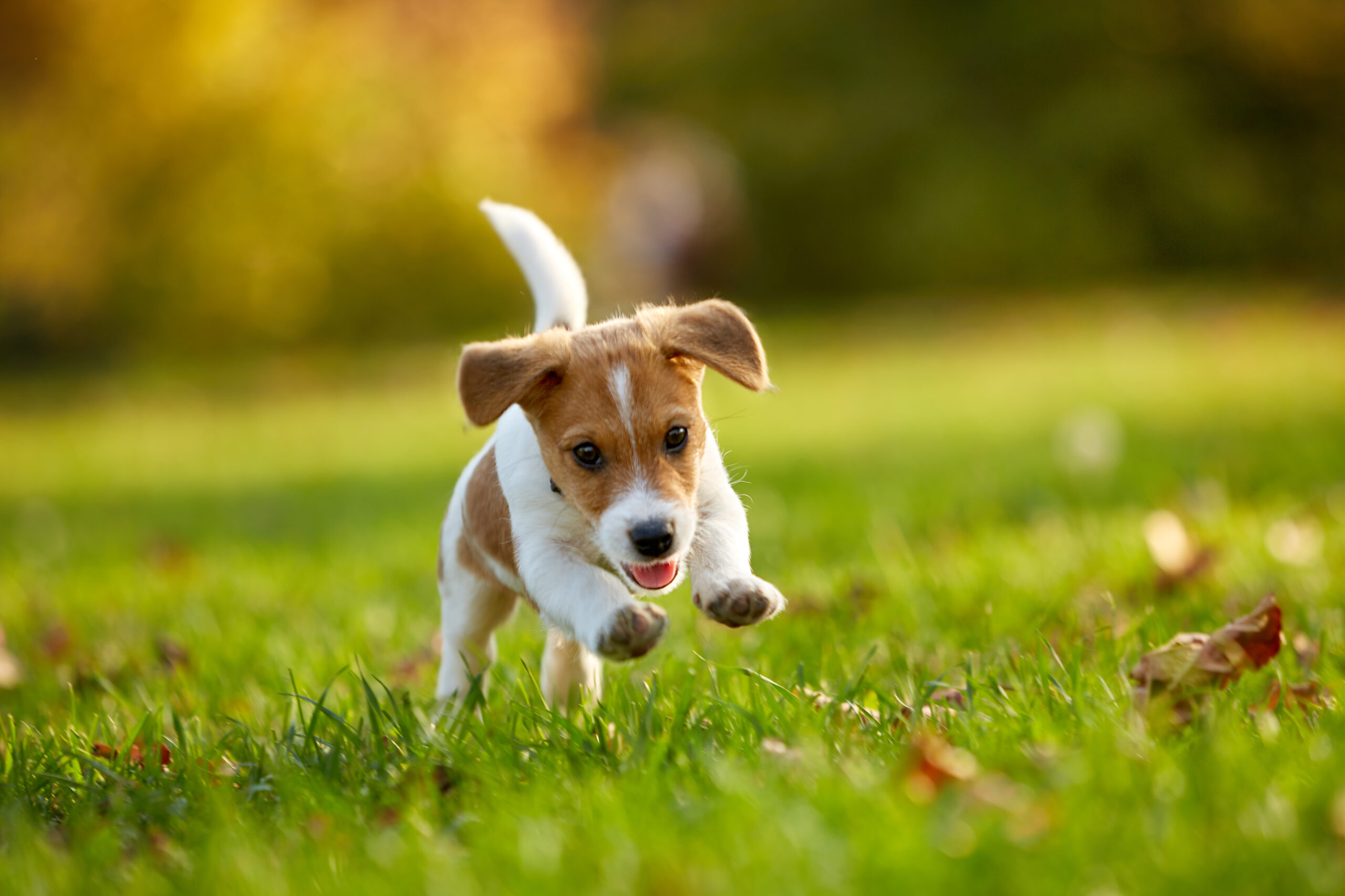
Dog owners get plenty of steps and cardio in taking their pets for walks, and a recent study conducted by the American College of Sports Medicine cited “more dog parks per capita” as one factor used to rank the overall health and fitness level of residents.
Off-leash dog parks are growing faster than any other type of park in America’s largest cities, according to the Trust for Public Land’s 2016 City Park Facts report. Cities that scored highest for number of dog parks on a per-resident basis: Henderson, NV, Portland, OR, Norfolk, VA, Las Vegas, and Madison, WI. However, you’ll find the best-funded dog parks in Seattle, San Francisco, Minneapolis, Washington, D.C., and St. Louis, according to the report.
5. Accessible parks
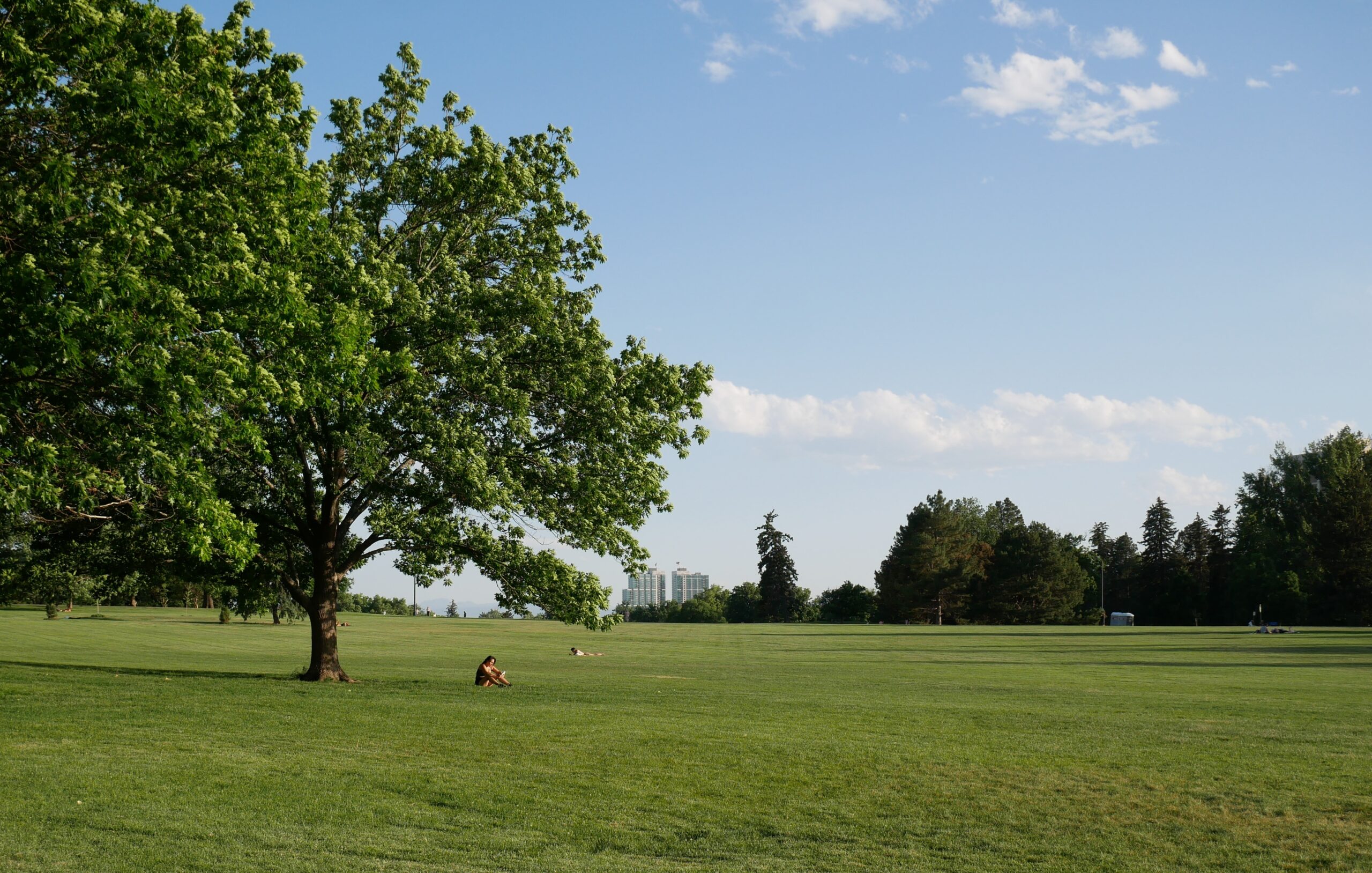
A city’s park system offers plenty of amenities for active residents beyond beautiful scenery, such as tennis courts, swimming pools, playgrounds, off-road bike paths, walking paths, and hiking trails. Minneapolis, where 94 percent of residents live within a 10-minute walk of a park, nabbed first place in the Trust for Public Land’s 2014 ParkScore Index report, which scored major U.S. city park systems on acreage, facilities and investment, and access.
Research parks in the area(s) you’re planning to move to and identify the activities that suit you best. Make sure you have the right equipment for your favorite activities, and be sure you know how to properly care for your gear, especially when it’s time to put it away. Check out our tips for preparing hiking equipment for storage.
6. Bike-friendly
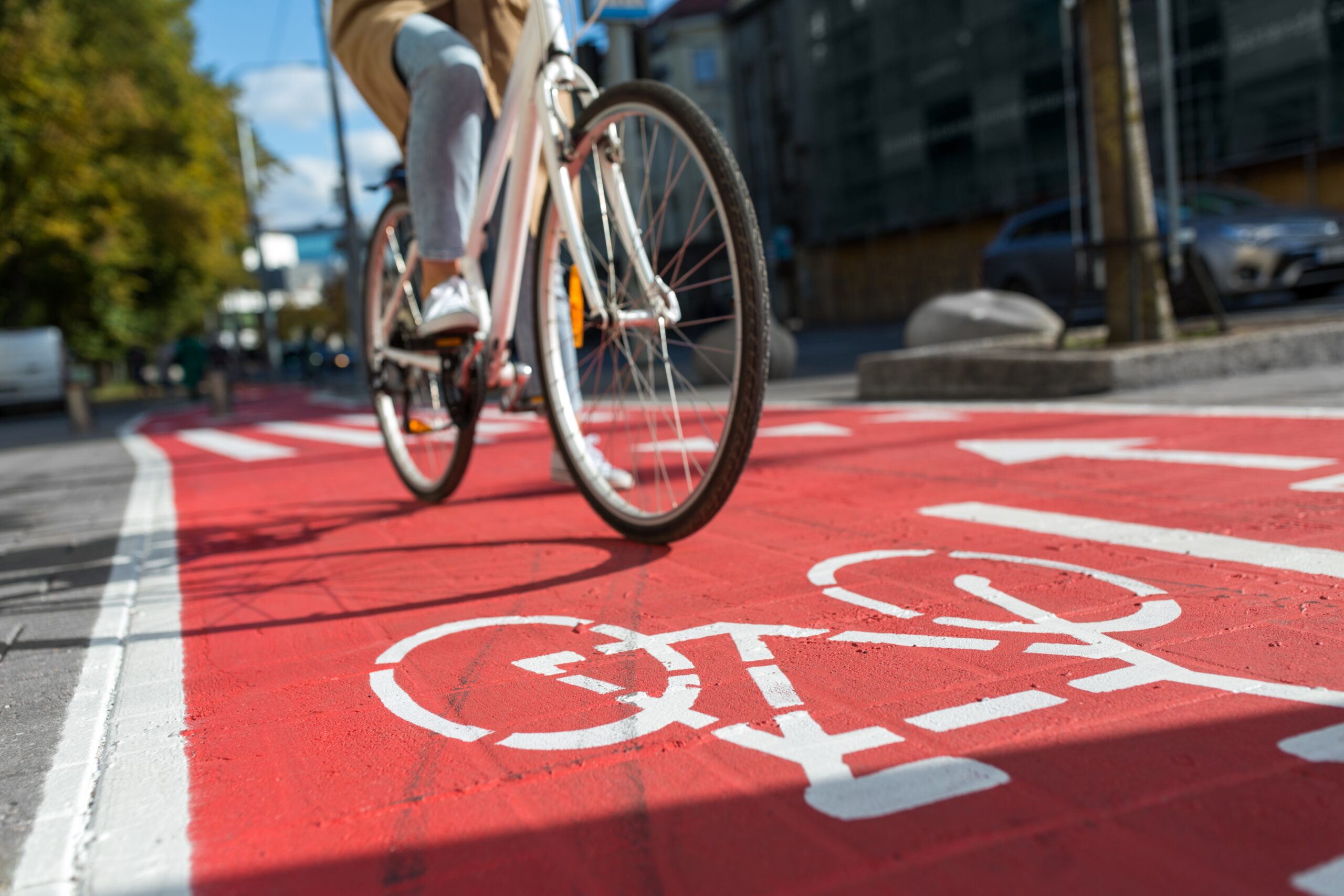
Cycling enthusiasts have plenty of cities to choose from that will fit their fitness preferences. For example, Minneapolis nudged out San Francisco and Portland, OR, to grab first place in an early list of the most bike-friendly U.S. cities compiled by Redfin.
Minneapolis has more than 213 miles of protected bikeways, lanes, shared lanes, and bike boulevards and offers a “bike sharing” system where people can rent bicycles from kiosks by the hour. Chicago is also becoming more bike-friendly with its Chicago Streets for Cycling Plan 2020, which includes a 645-mile network of on-street bikeways. Look into cities with bike lanes and research cycling groups to find a community of like-minded riders in your future home.
7. Walking and running groups
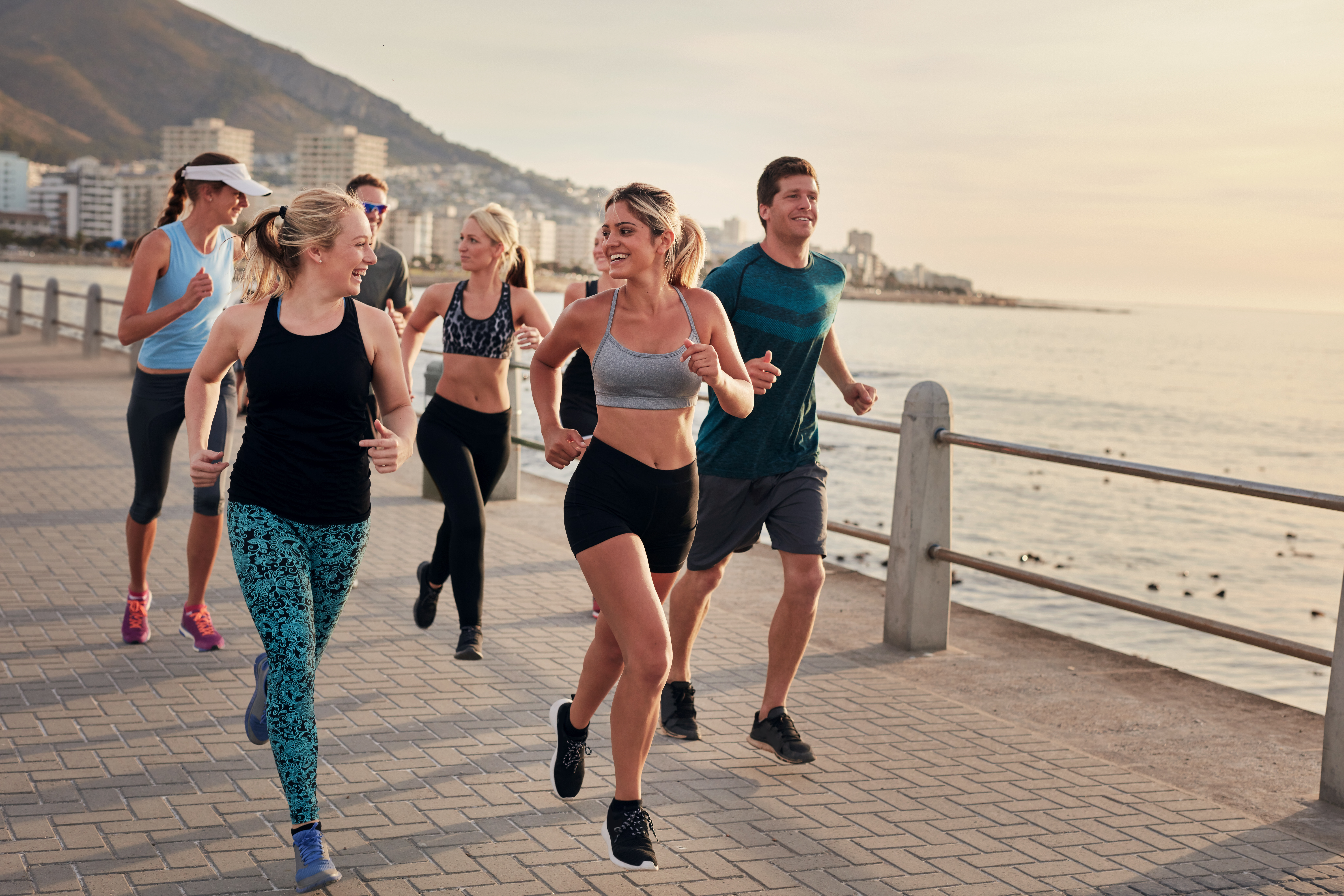
Exercise and fitness can be much more fulfilling when you’re doing it alongside others with a similar interest. In most major cities, you’ll find organized running and walking groups that meet at least once a week, and different groups cater to different needs and levels of experience. If you’re an amateur runner who prefers to get out early in the morning, for example, seek out an early morning beginner run club of people with the same skill level and preference.
Keep an eye out for walkable cities as mentioned above; the easier it is to walk and run in a city, the more likely you are to find groups that take advantage of those amenities for fitness. You can easily find a group with an online search and by checking out groups on Meetup.com and running/walking groups nationwide at Running in the USA.
8. 5Ks and charity runs/walks
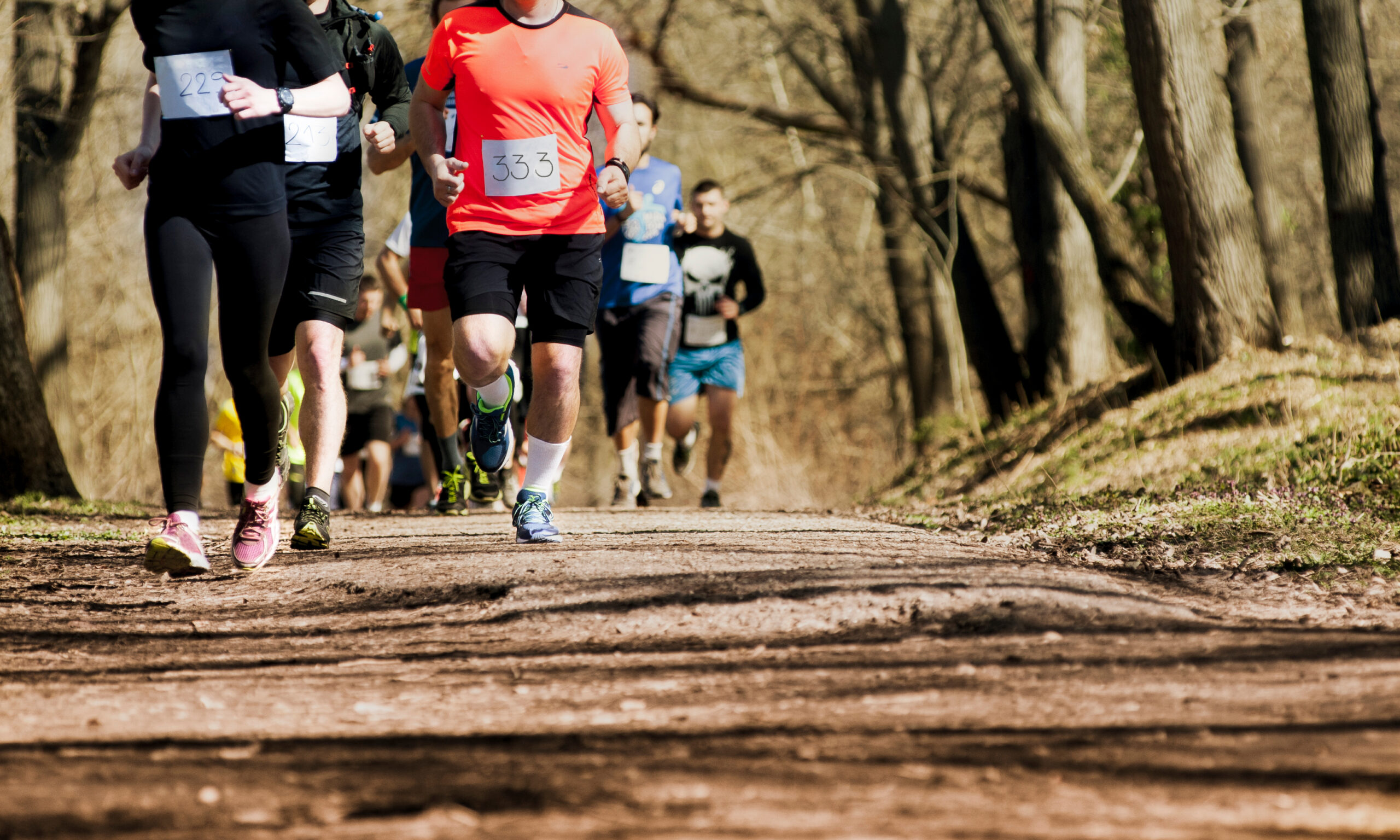
In addition to everyday walkability and regular workouts, larger running events are often a great opportunity to train over time and meet people to run with. Cities with an active demographic have plenty of 5K and 10K events that bring large groups of people together for a workout and provide opportunities to practice and build endurance leading up to the event.
Many 5Ks and walkathons are done to raise money for charities as well, giving aspiring and experienced runners alike an opportunity to do some good in the world while staying fit and building their cardio skills. Check out Running in the USA’s list of upcoming 5Ks to get an idea of how many 5k events you’ll find in a city.
Self-storage supports your move to a more active city
As you’ve seen, fitness enthusiasts have plenty of options and factors to consider when planning a move to a new city. Running and cycling groups, fitness centers, and park systems alike will help those with active lifestyles feel perfectly at home. Be sure to research the options available in the cities you’re thinking about moving to before you commit, and choose the one that best fits your needs.
When your move goes from an idea to an impending reality, and you’re looking for a solution to store some of your belongings and make it easier on yourself, SelfStorage.com has you covered. Check out our search tool to find a solution near you with the features you need, give us a call to speak to a storage expert, or browse our blog to find more advice on cost-effective moving and storage solutions for specific needs.









